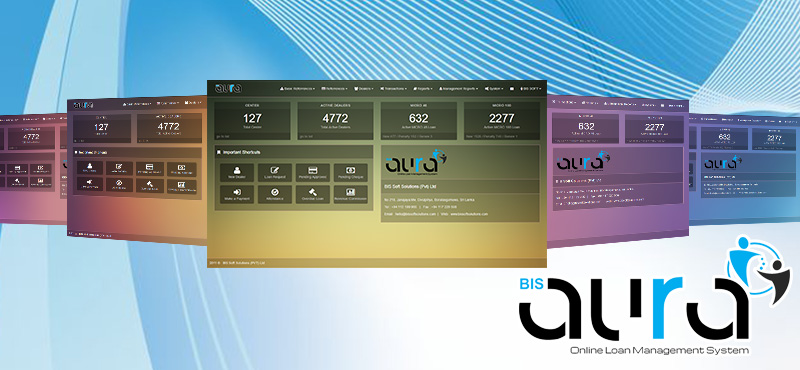
Restaurant Management System
Inventory software programs now on the market let you track usage, monitor changes in unit dollar costs, calculate when you need to reorder, and analyze inventory levels on an item-by-item basis. You can even control inventory right at the cash register with point-of-sale (RMS) software systems. RMS software records each sale when it happens, so your inventory records are always up-to-date. Better still, you get much more information about the sale than you could gather with a manual system. By running reports based on this information, you can make better decisions about ordering and merchandising.
With a RMS system:
- You can analyze sales data, figure out how well all the items on your shelves sell, and adjust purchasing levels accordingly.
- You can maintain a sales history to help adjust your buying decisions for seasonal purchasing trends.
There are plenty of popular RMS software systems that enable you to use add-on devices at your checkout stations and receipt or invoice printers. RMS packages frequently come with integrated purchasing and inventory control systems. In essence, a RMS system is an all-in-one way to keep track of your business's cash flow.
Features to consider in a RMS system include the following:
- Ease of use. Look for software with a user-friendly graphical interface for Touch panel.
- Entry of sales information. Most systems allow you to enter inventory codes either manually or automatically via a bar-code scanner. Once the inventory code is entered, the systems call up the standard or sales price, compute the price at multiple quantities and provide a running total. Many systems make it easy to enter sales manually when needed by letting you search for inventory codes based on a partial merchandise number, description, manufacturing code or vendor. But in RMS you have to select Categories and then Menu items according to that category. Category colors can be defined by user.
- KOT & BOT - KOT and BOT Printing in Different Locations that User Specified
- Pricing. RMS systems generally offer a variety of ways to keep track of pricing, including add-on amounts, percentage of cost, margin percentage and custom formulas. For example, if you provide volume discounts, you can set up multiple prices for each item.
- Security. In retail, it's important to keep tight control over cash receipts to prevent theft. Most of these systems provide audit trails so you can trace any problems.
- Taxes. Many RMS systems can support numerous tax rates-useful if you run a mail order business and need to deal with taxes for more than one state.
Perhaps the most valuable way RMS systems help you gain better control of your business is through their reporting features. You can slice and dice sales data in a variety of ways to determine what products are selling best at what time.
Reporting capabilities available in RMS programs include sales, costs, and profits by category for the day, month and year to date. Special reports can include sales for each hour of the day for any time period .Additional reports include day-end work sheets and inventory management. Examine a variety of RMS packages to see which comes closest to meeting your needs.
Every business is unique; Our RMS System Can be Integrated with any type of the off-the-shelf systems meets your requirements. Industry-specific RMS packages are available--for auto repair shops, beauty and nail salons, video rental stores, dry cleaners and more. In addition, Our RMS system Can be modify according to your needs.
